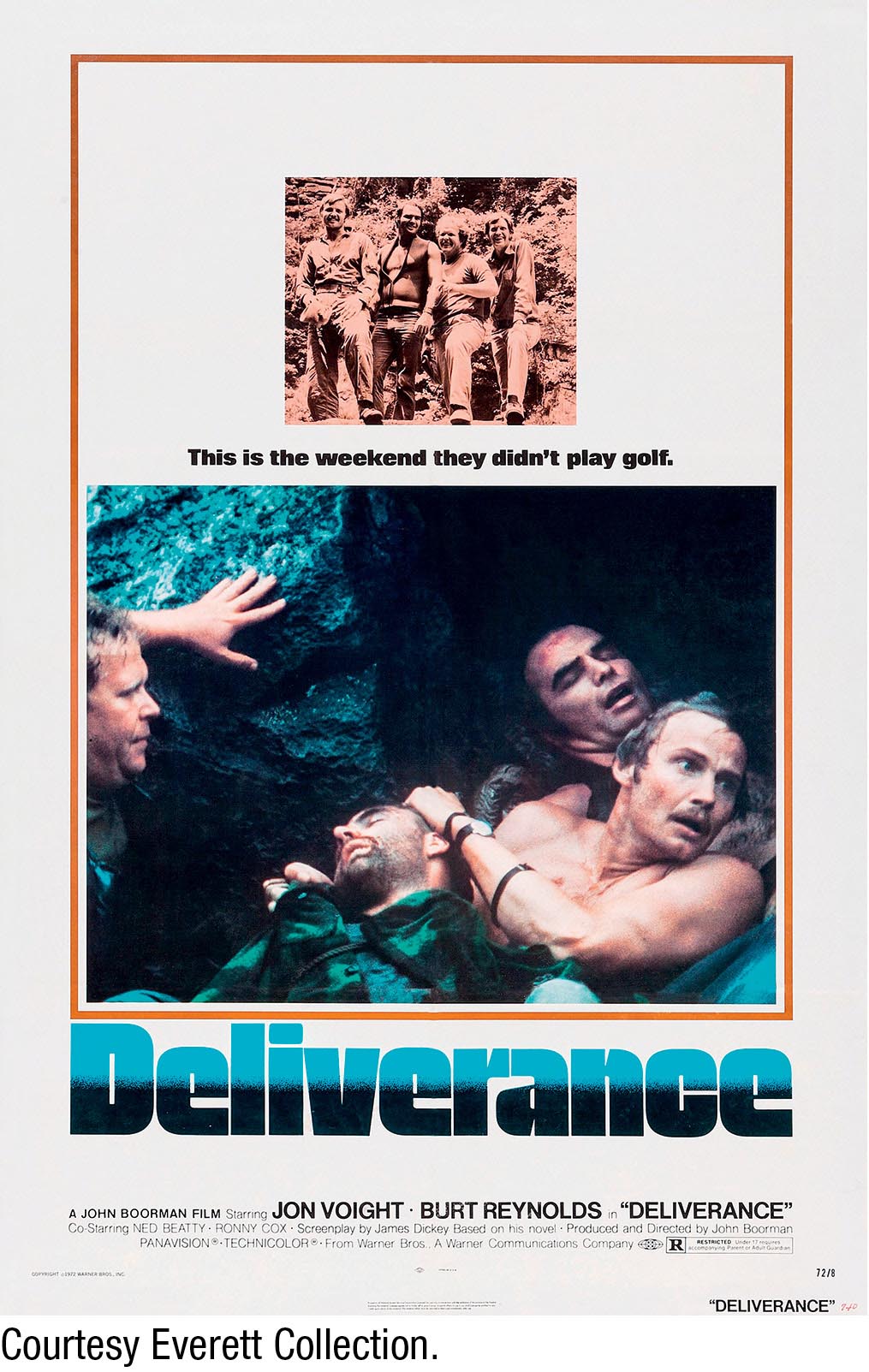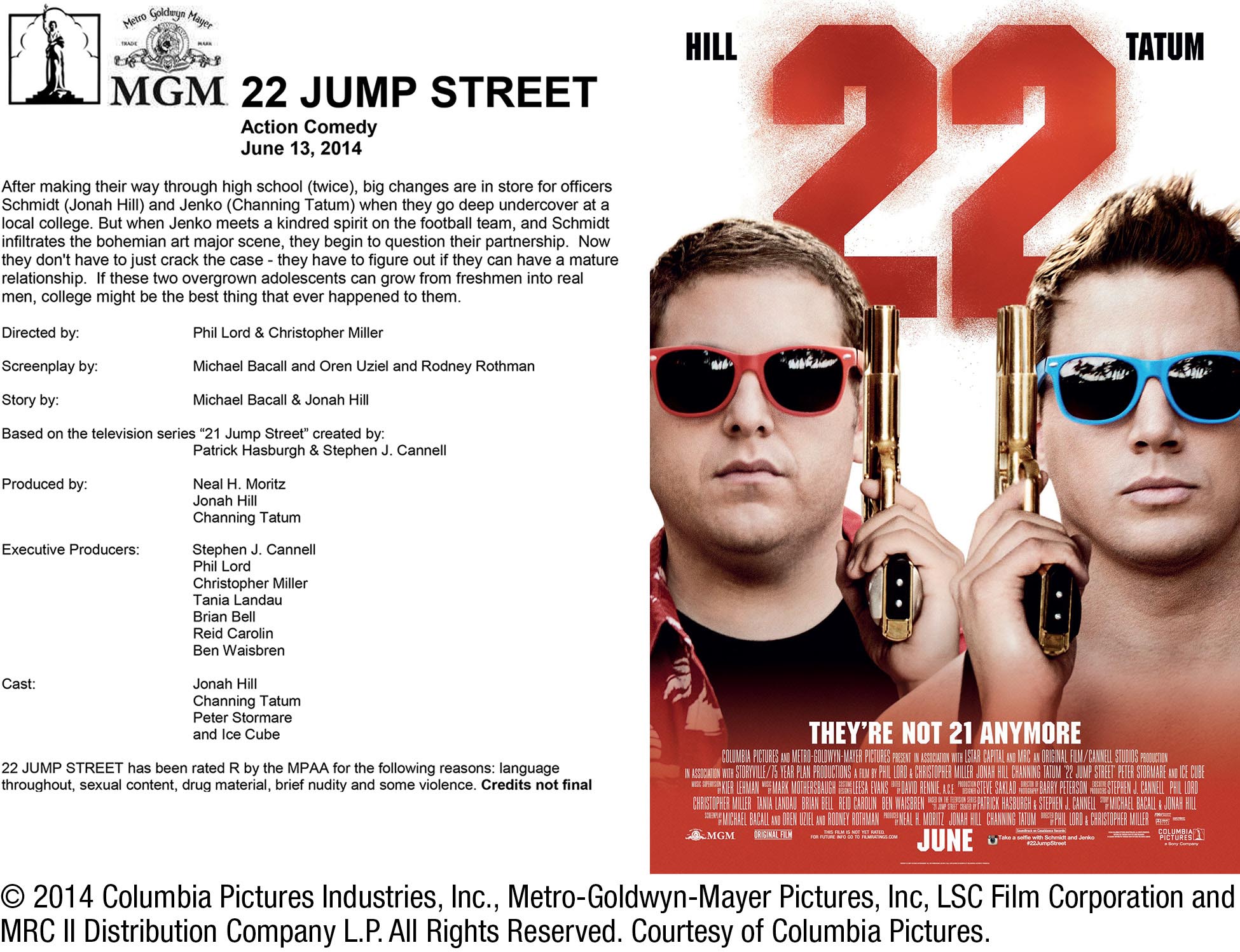Reaching Your Audience
Once you have defined your audience, you must determine how you will communicate with them about your film. You’ll need to figure out the marketing message that conveys the film’s value proposition, a term that answers the question, What will I get if I see this movie? The audience might get thrills, laughs, greater awareness of an issue, emotion, or a feeling of romance. The value proposition for a movie is always about the experience of seeing the film—
The best way to communicate a movie’s marketing message is in a trailer, a 90-
Publicity and Promotion
Most students have little or no money to buy advertising for their film. Does this mean there’s no way to create awareness about it? Of course not. Welcome to the word of publicity and promotion. Publicity is news that gets out about you and your movie and by definition is for free—generally conveyed by others, whether it is an article in your student newspaper or in reaction to a “publicity stunt.” Word of mouth, which takes place mainly though social media these days, is one of the most powerful kinds of publicity. Promotion is the process of developing relationships with organizations or companies that will help you spread the word and sometimes create incentives for your audience to see your movie. The following elements of a marketing campaign are for student, indie, and studio movies alike, because even studios like to try to get things for free! (See How Do I... Market My Movie Like a Pro?)
ACTION STEPS
Messaging Your Movie
Every product—whether a movie or a MoonPie—is a message waiting to happen. The message for a MoonPie is pretty obvious: it’s tasty, sweet, crunchy, chocolaty, and marshmallowy. But how do you find the message for a movie?
 Start with a single image. What one strong picture would convey what the movie feels like? This image will become the core of your messaging, and it will show up on the movie’s poster, or one-sheet, and in advertisements.
Start with a single image. What one strong picture would convey what the movie feels like? This image will become the core of your messaging, and it will show up on the movie’s poster, or one-sheet, and in advertisements. Add a few words to the image—the fewer the better. These words are called the tag line or the cut line and, together with the image and your film’s title, form the basic message you will convey.
Add a few words to the image—the fewer the better. These words are called the tag line or the cut line and, together with the image and your film’s title, form the basic message you will convey.
 EMBRACE PUBLICITY
EMBRACE PUBLICITY
When it comes to publicity, in most cases, even if it makes you feel somewhat uncomfortable, go with it. Getting yourself out there is difficult for most artists, but it is a necessary aspect of the job.
- Start social media before you begin the movie. Obtain and create a website, Facebook page, or YouTube channel, or use another social media tool. Employ these resources to tell your audience about what you’re doing. Audiences love to look behind the scenes and feel included in the moviemaking process. Where possible, capture their email addresses or phone numbers (for text messages). Remember, you are creating your platform—your audience base of supporters and fans. These are people you want to invite to the opening or people who will be the vanguard in generating positive word of mouth.
- Create a blog, and post to it regularly. Use it to update your fans about important events, like a particularly great day of shooting or the end of image capture. SPOILER ALERT! Be careful of and monitor the rumors that can come from the production set. Nasty rumors can doom a movie before it is even finished. Also, be especially careful about who has access to your materials and what they do with them, so no one posts excerpts, or anything else from your movie, without your approval. This will also help you avoid piracy (see here), because many films that leak online are “inside jobs.” Send special offers to your fans, such as early notification of screenings or discounts on tickets, if possible.
- Create a trailer (see Action Steps: Making Your Trailer, below) and put it online—on your blog, YouTube channel, Vimeo, and any other social sharing platform you can. Make it easy for people to share and like your trailer.
- Create press releases, and send them to blogs and media outlets. Make sure to include JPEG photos to run with your article.
- Create a physical press kit and an electronic press kit, or EPK. An EPK should be shot in the 4:3 aspect ratio so that it can be shown anywhere. It should include, at minimum, the film’s trailer; behind-the-scenes footage, showing preparation or shooting in progress; two or three fully edited scenes (visual effects or action sequences are great if you have them); and interviews with at least two people, chosen from among the director, the principal actors, and other important members of the creative team. Shoot only the interviewee, not the person asking the questions. Make sure a question is audible before the person answers, so that TV shows can edit it easily. Some media outlets will run clips from an EPK if it is topical or has recognizable actors.
- Make the film’s director and stars available for interviews by media, whether for your school paper or, if possible, in a tour of key major cities or in conjunction with major film festivals.
- Seek sponsors for promotional screenings. For example, a local restaurant might donate pizza for a screening party if you put its name on the invitation. This helps you—you get pizza and a sign in the restaurant or on its website—and it helps the restaurant by promoting its brand. Studios do the same thing but on a larger scale often before image capture even begins: McDonalds Happy Meals were built on promotions with summer family movies.

In this version of the one-sheet for Deliverance (1972), the tagline and the contrasting images tell the audience this is a story about four friends who embark on an adventure gone very bad.
FIGURE 14.2Official synopsis and poster released by Sony for 22 Jump Street (2014)

 START EARLY
START EARLY
Movies that do well build a relationship with the audience long before they are released.
ACTION STEPS
Making Your Trailer
Just like a good screenplay (see Chapter 2), a good trailer has three acts—except, of course, these three acts take much less time to play out. Here is how to translate the three-act structure into a good trailer:
 Introduce the characters and the environment. Show who the protagonists are and the time and place of the story. This first act usually sets up “normalcy” for the characters and how they find themselves in their everyday world.
Introduce the characters and the environment. Show who the protagonists are and the time and place of the story. This first act usually sets up “normalcy” for the characters and how they find themselves in their everyday world. Present the problem. In act 2, the situation changes: there is danger, a threat, suspense. This section, usually the longest in a trailer, shows the problem the protagonists must face. At the end of the act, they engage with their problem. Note that the end of act 2 in your trailer is the end of act 1 in your movie.
Present the problem. In act 2, the situation changes: there is danger, a threat, suspense. This section, usually the longest in a trailer, shows the problem the protagonists must face. At the end of the act, they engage with their problem. Note that the end of act 2 in your trailer is the end of act 1 in your movie. Show the highlights. Act 3 is often a montage—a collection of shots or short sequences that promise the emotional experience of how the protagonists will confront their problem without actually revealing how the movie ends. In this section, you want to give the audience a taste of the best parts of the film: the funniest lines, the most stunning visuals, or the best acting moments. You want to leave them hanging in suspense, so that they will buy a ticket later—always leave the audience wanting more. This act ends with a call to action—typically, information about the film’s opening date, where it will play, or how people can buy tickets.
Show the highlights. Act 3 is often a montage—a collection of shots or short sequences that promise the emotional experience of how the protagonists will confront their problem without actually revealing how the movie ends. In this section, you want to give the audience a taste of the best parts of the film: the funniest lines, the most stunning visuals, or the best acting moments. You want to leave them hanging in suspense, so that they will buy a ticket later—always leave the audience wanting more. This act ends with a call to action—typically, information about the film’s opening date, where it will play, or how people can buy tickets.
 BE MOBILE-FRIENDLY
BE MOBILE-FRIENDLY
When you upload your trailer to the web, make sure it is encoded and formatted to play on mobile devices, not just laptops.
The Producer’s Role in Marketing

There is frequently a tension between how a director sees a movie and how the marketing department wants to sell it. Producers need to mediate this difference: to stand up for what’s right for the movie and, at the same time, to sell tickets. More often than not, marketing professionals have a better sense of what will sell because they are closer to the marketplace and have more frequent contact with it . . . but not always.
Producers spend a great deal of time working with the marketing department to create marketing materials. Even while making the movie, the producer must deliver footage and still images to the marketing professionals so that they can begin their work. The producer will then review initial materials, often in advance of the director, and provide notes and perspective. Sometimes the marketing department asks the producer for certain elements that will best serve the marketing plan; this may require shooting special scenes, prioritizing the image-capture schedule to include “trailer shots,” or finishing visual effects shots early to make them available in time for trailer distribution.
 ANALYZING MOVIE MARKETING
ANALYZING MOVIE MARKETING
Write an essay inspired by the following prompt: The most recent movie I saw in a theater on the day it opened was _____. In your essay, describe the movie and what motivated you to see it. Explain the value proposition this movie offered you and what made you see it that day as a way of describing how movie marketing works.
Paid Marketing
Up until this point, we have been using the term marketing in its general sense, to mean the product or message you are marketing to your audience. In its more narrow sense, however, marketing refers to advertising—paying for media to tell people about your movie. Studios routinely spend anywhere from $30 million to $200 million advertising their movies (usually in correlation to the budget of the film and the results of test screenings)—amounts so high they would border on the ridiculous were it not that such spending is necessary to create awareness about a particular movie above the noise of all the other entertainment offerings. Often, the marketing budget correlates to the production budget in the sense that the more that is at risk, the more the studio will spend to protect that risk and ensure a successful release. Plus, there is a small window of opportunity to get your audience’s attention before someone else does. The paid marketing budget is called P&A—short for prints and ads. Prints refers to the cost of creating copies of the movie for distribution, whether the copies are on film or digitally distributed. Ads refers to advertising in any form.
The most effective way to spread the word about your movie is to get people to see the trailer. Trailers are commonly shown online and before full-length movies in theaters. A full-length trailer should run between two and two-and-a-half minutes, whereas a teaser trailer may be as short as 15 seconds and should come out several months before the full-length trailer (sometimes as much as a year in advance, to whet the audience’s appetite). Trailers are highly constructed marketing tools; it is typical to try several versions of a trailer until you find one that you think will make the audience want to see your film. Advertising often turns trailers into paid commercials—generally a 30-second television spot—enabling you to reach a much wider audience. Studios also employ every other possible form of advertising, including outdoor media, such as billboards and bus benches, as well as online, radio, and mobile ads (see Producer Smarts: The Producer’s Role in Marketing, above).